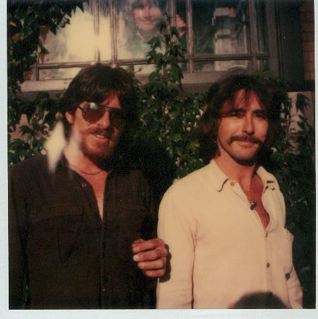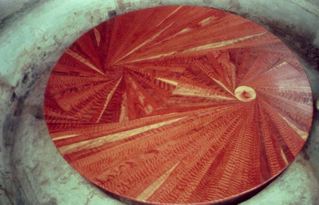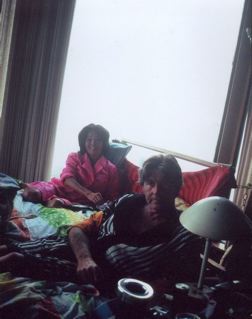 (Photo: The gateway to early San Gregorio).
(Photo: The gateway to early San Gregorio).
Is it possible that the same land was sold twice? As to whatever actually happenedâand who paid whomâand for whatever reasonsâan intriguing document painted a confusing picture.
The document revealed the handwriting of one person using pen and ink on legal-sized paper. The paper had yellowed and turned brittle with age and a chunk had been chewed out of the right margin. A heavy-duty string bound the fragile papers together.
The folder contained âevidenceâ? of a confusing story that pointed to shady dealings over the ownership and sale of the original 17,800-acre Rancho San Gregorio, south of Half Moon Bay.
Covered were transactions occurring between 1853 and 1861âa tumultuous period in Californiaâs history when land was fast changing hands from the rancheros to the American gringos.
â¦To Be Continuedâ¦
Photo: San Mateo County History Museum located in the historic Redwood City Courthouse.. Please visit the museum and research your favorite subject in the archives.






